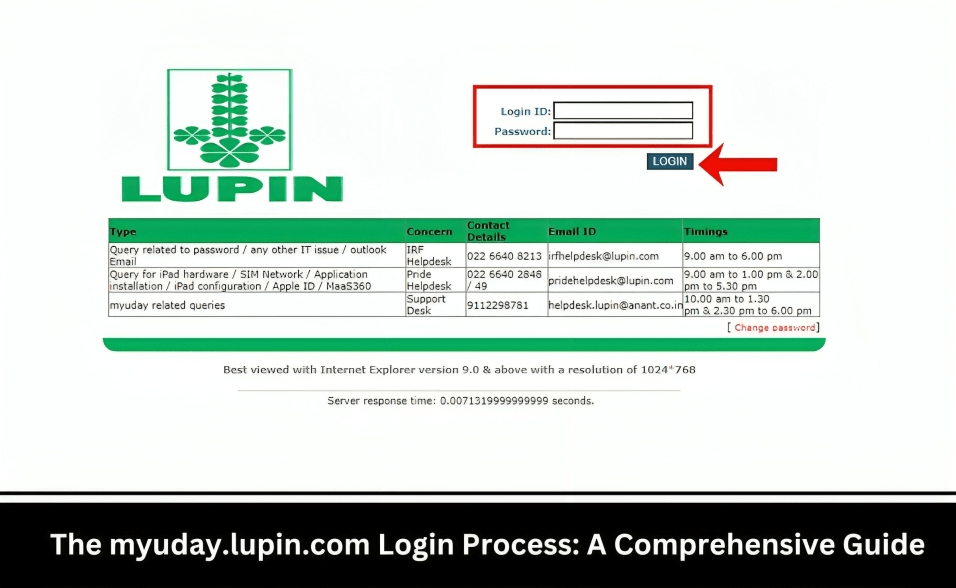How can businesses manage their assets efficiently with a remote workforce? This question has become increasingly relevant in the present digital age. Asset management has become a significant challenge as more companies adopt remote work models. However, with plans and resources, companies may surpass these difficulties and guarantee seamless operations.
Understanding the Challenges
Lack of Physical Oversight
One of the primary difficulties in managing assets remotely is the lack of physical oversight. Managers can easily monitor and control company resources in a traditional office setting. However, tracking and maintaining them becomes difficult with a dispersed workforce. Implementing asset management software can significantly alleviate this challenge by providing the necessary tools for efficient tracking, monitoring, and maintenance, even when the workforce is spread across various locations.
Security Concerns
Security is another major issue when dealing with management software. Since offsite workers frequently use unprotected networks and personal devices, there is a higher chance of theft and data breaches. Ensuring the security of company resources in such an environment requires robust measures.
Communication Barriers
Effective communication is crucial for asset administration. However, remote work can create barriers due to different time zones, language differences, and lack of face-to-face interaction. Since offsite workers frequently use unprotected networks and personal devices, there is a higher chance of asset theft and data breaches.
Inventory Management Difficulties
Managing inventory remotely can be complex. Without a physical presence, tracking inventory levels, orders, and deliveries becomes challenging. Mismanagement can lead to overstocking or stockouts, disrupting business operations.
Compliance Issues
When workers are located remotely, ensuring adherence to industry standards and regulations becomes more difficult. Remote environments can complicate tracking compliance-related activities, risking potential legal issues.
Technological Challenges
Offsite work relies heavily on technology. Any technological failures, such as software glitches or internet outages, can severely impact asset administration. Ensuring consistent and reliable technology support is crucial.
Solutions to Overcome Challenges
Implementing Cloud-Based Solutions
Cloud-based management software can be a game-changer for remote workforces. These solutions provide real-time access to data from anywhere, making tracking and managing assets easier. Cloud platforms also offer robust security features, reducing the risk of data breaches.
Enhancing Security Measures
Businesses should implement comprehensive security measures to address security concerns. These include encryption, multi-factor authentication, and regular security audits. Providing employees with secure devices and networks can also mitigate security risks.
Facilitating Effective Communication
Using advanced communication tools can help overcome communication barriers. Platforms like Slack, Microsoft Teams, and Zoom enable real-time communication and collaboration. Regular virtual meetings and updates can keep everyone on the same page regarding asset management.
Utilising Inventory Management Software
Investing in robust inventory administration software can streamline remote inventory tracking. These tools provide real-time visibility into orders, shipments, and inventory levels. Automated alerts and reporting features help prevent stock-related issues.
Establishing Clear Compliance Protocols
Developing and enforcing clear compliance protocols is essential. Remote training sessions can ensure employees understand regulatory requirements. Regular audits and digital tracking systems can help maintain compliance.
Providing Reliable IT Support
Remote workers must continue to have access to dependable IT support. This includes setting up a dedicated helpdesk and quickly solving technological issues. Regular maintenance and updates can also prevent tech-related disruptions.
Best Practices for Asset Management in Remote Workforces
Training and Support
Training and assistance for staff members are crucial. This ensures that everyone understands how to use the asset management software effectively. Ongoing support can address any issues and keep the system running smoothly.
Leveraging Analytics
Analytical methods can yield important information about resource performance and usage. This can assist companies in making well-informed management decisions. Additionally, analytics can spot patterns and trends, enabling proactive administration and optimization.
Managing assets for a remote workforce presents unique challenges. However, businesses can overcome these obstacles with the right strategies and asset management software. By addressing these challenges proactively, businesses can ensure efficient and secure administration of their assets, even with a remote workforce.


